
KINGREAL UNIVERSAL IND., LTD
Phone
+86-13702855825| 1 | Plastic Material Selection |
| 2 | Injection Temperature Control |
| 3 | Effect of Mold Temperature |
| 4 | Optimizing Injection Time |
Because of its special qualities and broad spectrum of uses, PC injection molding is a critical plastics processing approach much preferred by many sectors.
Widely employed in industries like aerospace, automotive, medical, consumer goods, and electronics, Polycarbonate (PC) is a flexible material with outstanding heat resistance, dimensional stability, great optical clarity and transparency, and excellent impact resistance and durability.
This article will deeply analyze how polycarbonate injection molding process parameters affect product quality and production efficiency, and provide corresponding solutions.
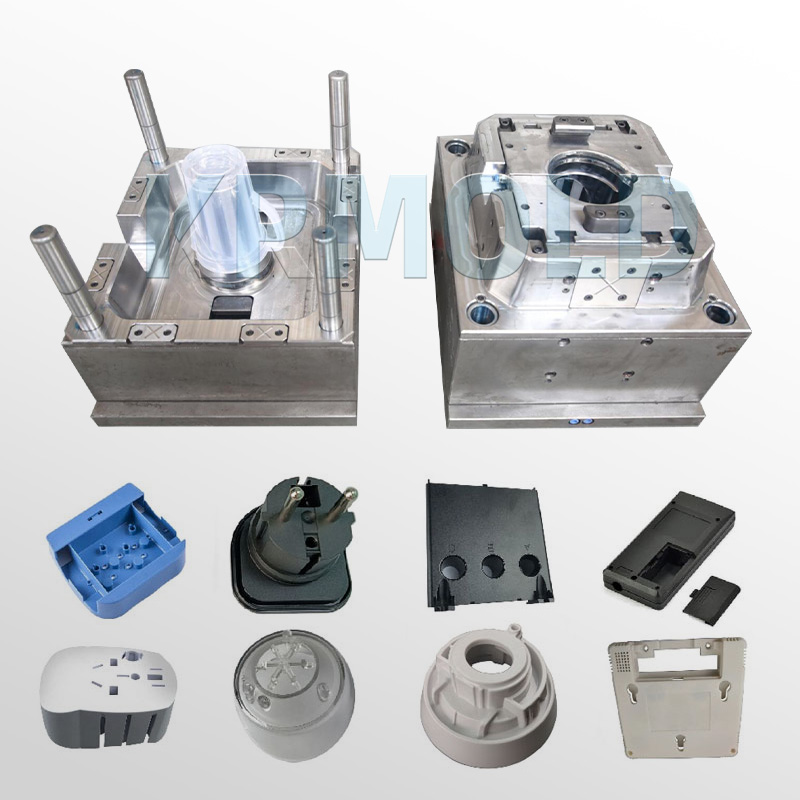
1. Plastic Material Selection
In the PC injection molding process, selecting plastic materials is quite important. PC materials' characteristics differ greatly according on kind, grade, maker, and batch.
Choosing the wrong materials can make the pc injection molding process more difficult and finally impact product quality and performance. Therefore, when polycarbonate injection molding, one should thoroughly assess material performance characteristics and modify them depending on particular application needs.
Headlamp lenses and interior parts have distinct requirements, for instance in the automotive sector, which can demand various PC material kinds. Interior elements concentrate more on impact resistance and abrasion resistance, while headlamp lenses need great optical qualities and heat resistance. The intended application of the ultimate product will therefore guide a thorough evaluation of material choice.
2. Injection Temperature Control
Injection temperature is a critical factor affecting the quality of PC injection molding. As the melt flows into the cooled cavity, it loses a certain amount of heat due to heat conduction.
Shearing, at the same time, produces heat in the melt; this temperature change directly influences the viscosity of the melt. Higher injection temperatures usually lower melt viscosity, hence lowering the needed filling pressure.
However, injection temperature settings are also limited by thermal degradation and decomposition temperatures. Thermal degradation of the substance from too great temperatures may change its mechanical properties and appearance. Correctly choosing the injection temperature and making sure the melt flows in the right temperature range are therefore absolutely essential for effective polycarbonate injection molding.
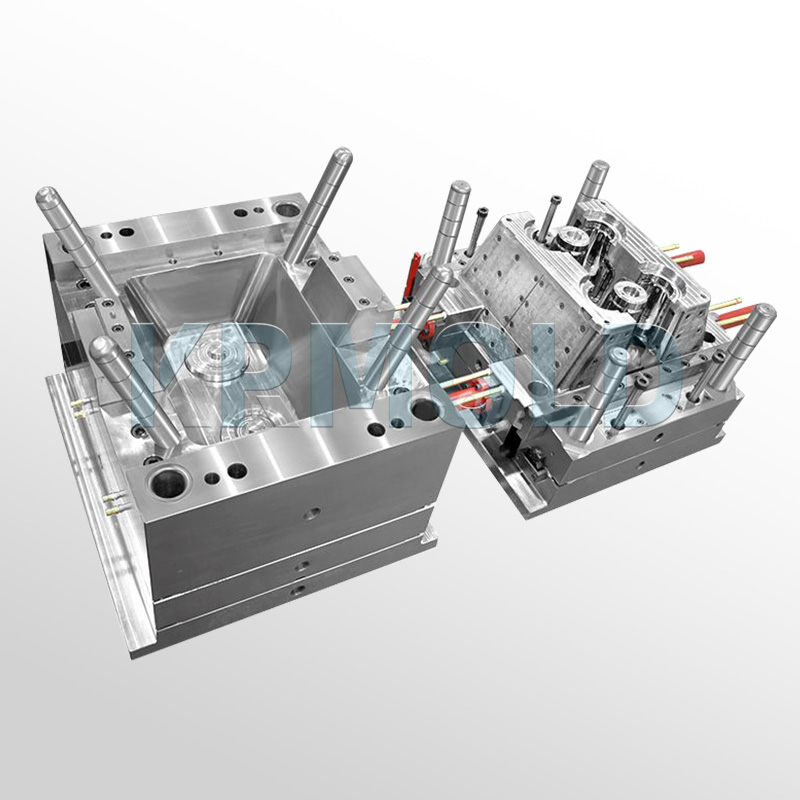
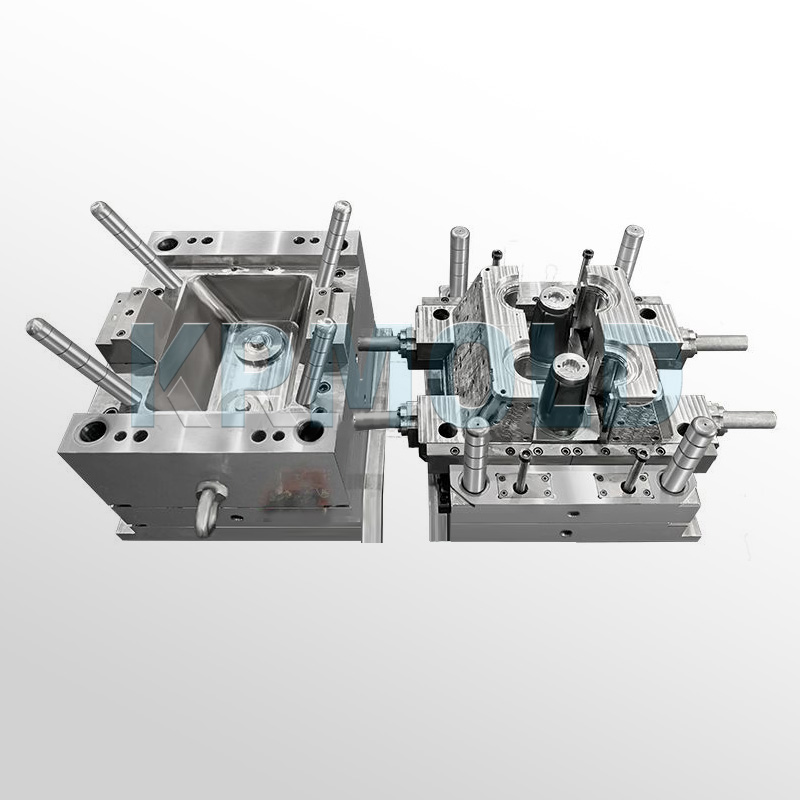
3. Effect of Mold Temperature
PC injection molding also depends on mold temperature. Extremely low mold temperatures can lead to poor melt fluidity, hence compromising the filling quality of the final product. On the other hand, too hot mold temperatures may impede the cooling of the final product, so reducing production efficiency.
Usually the specific features of the molded item should guide mold temperature choice. Higher mold temperatures can significantly enhance the quality of items needing strong surface gloss and optical characteristics.
For components needing great production efficiency, lowering the mold temperature properly can speed cooling and boost production efficiency.
Consequently, mold temperature change should be adaptable throughout the PC injection molding process to guarantee optimum polycarbonate injection molding results.
4. Optimizing Injection Time
Injection time not only influences the melt shear strain rate during the pc injection molding process but also straight impacts the properties of the final product. Shortening injection time raises the melt shear strain rate, therefore changing the necessary injection pressure.
Precisely, shortening injection time lowers viscosity and raises melt temperature, therefore lowering the necessary injection pressure.
Too brief injection time, however, may hinder the melt from completely filling the mold cavity, therefore causing flaws. Optimizing the polycarbonate injection molding process therefore calls for finding an ideal injection time that lowers the necessary injection pressure.
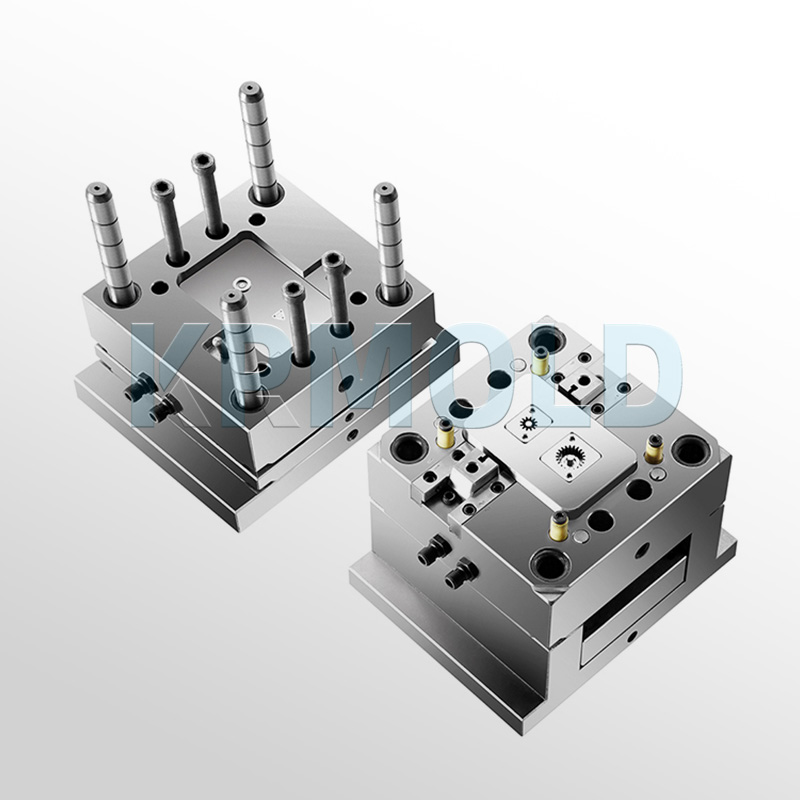
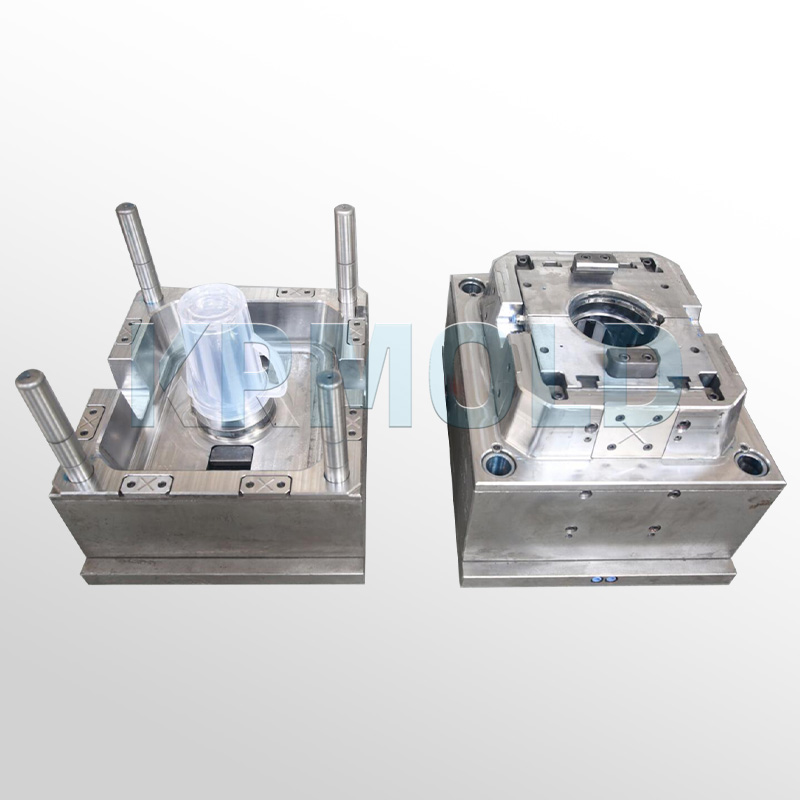
PC injection molding is a complicated process that calls for the choice and tuning of several variables. Factors including plastic material selection, injection temperature, mold temperature, and injection time greatly influence product quality and manufacturing efficiency throughout the polycarbonate injection molding process.
By specifying scientific and reasonable process parameters, the quality of PC injection molded goods may be successfully enhanced to satisfy the high product standards of several sectors.
It is advised that businesses create a thorough process parameter database in real applications combining experience and data analysis to regularly improve the pc injection molding process for increased product quality and production efficiency.
Moreover, technology will keep creating fresh injection molding techniques and materials. Maintaining awareness and application of new technologies helps businesses to improve their competitiveness.
From the above study, polycarbonate injection molding's success depends not only on sophisticated tools but also on a thorough knowledge and accurate application of process parameters.